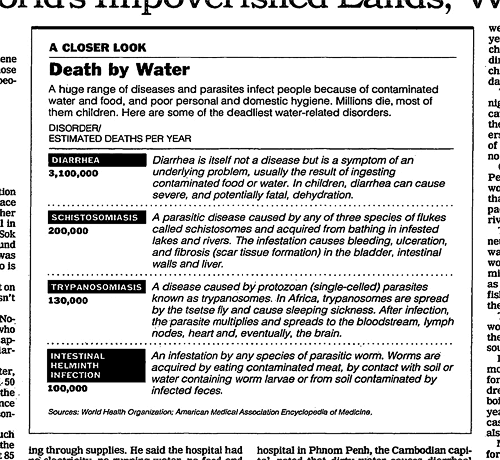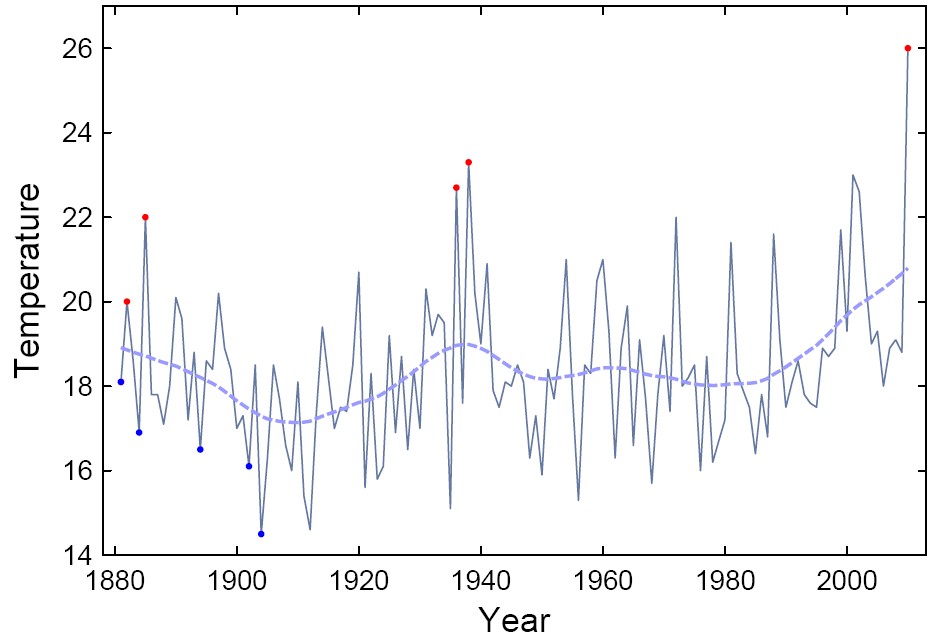Yesterday in PNAS:
The causality analysis of climate change and large-scale human crisis
David D. Zhang, Harry F. Lee, Cong Wang, Baosheng Li, Qing Pei, Jane Zhang, and Yulun An
Abstract: Recent studies have shown strong temporal correlations between past climate changes and societal crises. However, the specific causal mechanisms underlying this relation have not been addressed. We explored quantitative responses of 14 fine-grained agro-ecological, socioeconomic, and demographic variables to climate fluctuations from A.D. 1500–1800 in Europe. Results show that cooling from A.D. 1560–1660 caused successive agro-ecological, socioeconomic, and demographic catastrophes, leading to the General Crisis of the Seventeenth Century. We identified a set of causal linkages between climate change and human crisis. Using temperature data and climate-driven economic variables, we simulated the alternation of defined “golden” and “dark” ages in Europe and the Northern Hemisphere during the past millennium. Our findings indicate that climate change was the ultimate cause, and climate-driven economic downturn was the direct cause, of large-scale human crises in preindustrial Europe and the Northern Hemisphere.

Comment I gave to a journalist:
Zhang et al. have done an impressive job of collecting, organizing and making sense of many pieces of data. If links from the global climate to food supply to conflict were underlying historical periods of unrest, this will certainly change how we understand historical developments in Europe. The work by Zhang et al. is particularly interesting because they have tried to examine the detailed pathways that link the global climate to social upheaval. Their finding that agricultural productivity, agricultural wages and food prices all might have contributed to conflict agrees with a number of leading hypotheses in the field, and they are certainly consistent with observations made in other studies.
It is difficult to know exactly how much these findings can tell us about the modern world, since many things have changed since 1800. However, it is worth noting that per capita incomes in Europe at 1800 were similar to those we observe in many modern low income countries, such as Bangladesh, Haiti, Nepal and much of Sub-Saharan Africa. So if poverty is a key factor in the link between the global climate and conflict, the global population in the 21st century is still not wealthy enough that we can consider ourselves "out of the woods."
[Related
here,
here,
here,
here,
here,
here,
here and
here]













